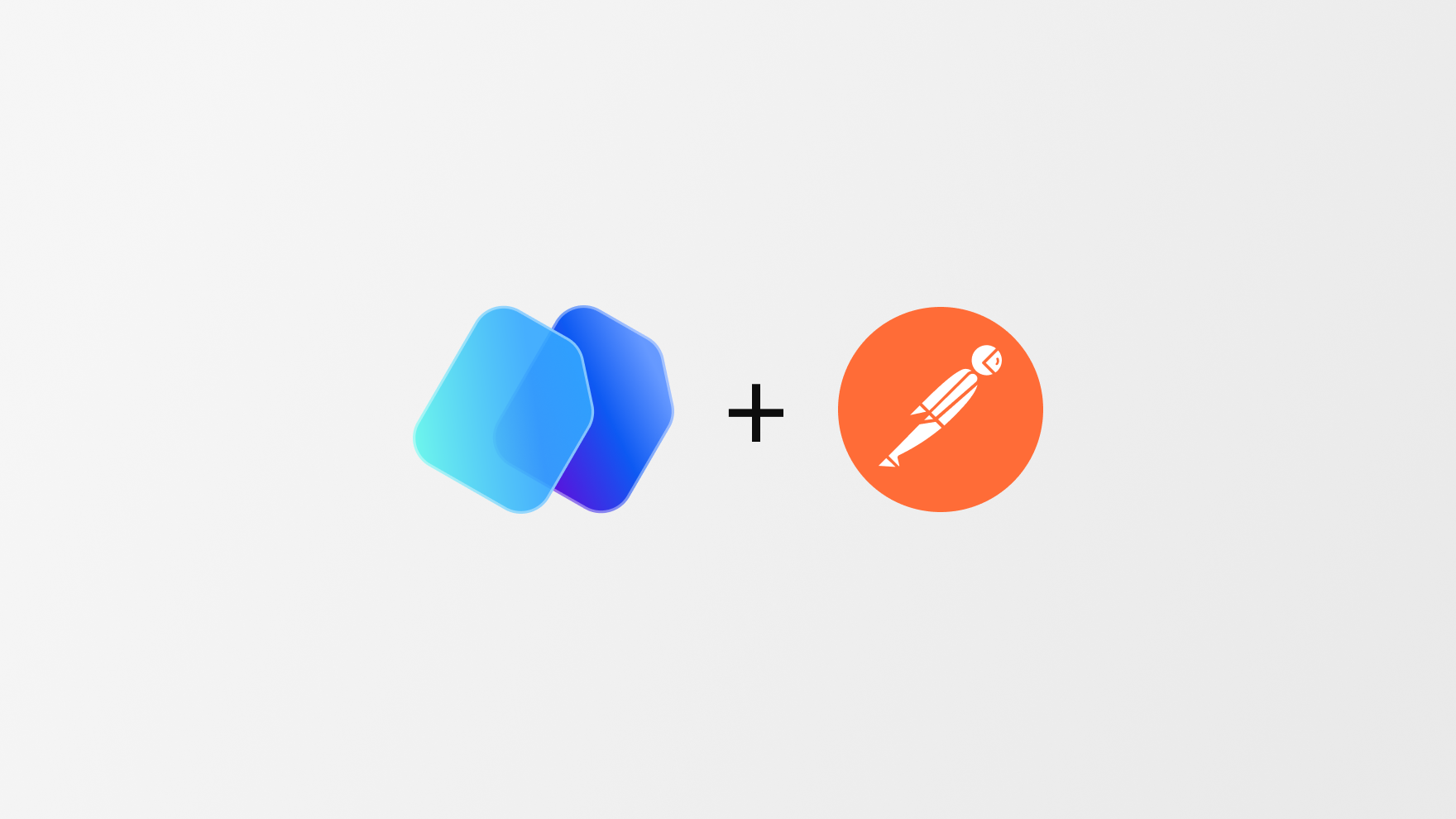Wie man mit dem Konvertierungsdienst mithilfe von Postman beginnt.

Postman ist ein kostenlos herunterladbares Tool für HTTP-Anfragen. Es kann zum Testen und Kennenlernen von REST-APIs verwendet werden, wie derjenige, der vom 4-Heights® Konvertierungsdienst angeboten wird.
Das System einrichten
Laden Sie den 4-Heights® Konvertierungsdienst herunter und installieren Sie ihn.
Herunterladen: 30-Tage-Testversion
Detailliertere Anweisungen: Handbuch
Postman herunterladen und installieren.
Importieren Sie die Anfrage-Sammlung in Postman
Sammlung herunterladen: Postman-Sammlung
Öffnen Sie Postman und klicken Sie Importieren.
Ziehen Sie die heruntergeladene Sammlung in das Importfenster.
Klicken Sie auf 4-Heights® Konvertierungsdienst in der Sammlungsansicht.
Probieren Sie es aus
Stellen Sie zunächst sicher, dass die Basis-URL In Ihren Sammlungsvariablen sollte der Host spezifiziert werden, auf dem Ihr 4-Heights® Konvertierungsdienst läuft.
Werfen Sie einen Blick auf die verfügbaren Anfragen: API-Referenz
Um sich mit Postman vertraut zu machen, probieren Sie eine einfache Anfrage aus: verfügbare Workflows auflisten.
Das ist nützlich, um einen Überblick über die verfügbaren Workflows zu erhalten.
Der Name eines Workflows kann dann als Eingabeparameter verwendet werden, wenn Sie einen neuen Job erstellen.
Verarbeiten Sie Ihre erste Datei (für weitere Informationen über die Sequenz der Jobverarbeitung siehe den Abschnitt "API-Nutzung" in der Handbuch)
Neuen Job erstellen mit einem Workflow Ihrer Wahl.
Der Job wird erstellt und ist bereit für Daten.
Die ID des neu erstellten Jobs wird in der Sammlungsvariablen gespeichert Job-ID und wird automatisch für nachfolgende Anfragen verwendet.
Jobinfo abrufen um zu überprüfen, ob ein Job tatsächlich erstellt wurde.
Die Antwort sollte Ihnen mitteilen, dass der Status des Jobs "erstellt" ist.
Daten zum Job hinzufügen (Datei auswählen in Textkörper Registerkarte
Sie können diesen Schritt mehrere Male mit verschiedenen Dateien wiederholen, um Ihrem Job weitere Daten hinzuzufügen.
Job starten
Der Konvertierungsdienst beginnt mit der Verarbeitung aller Dokumente, die Sie dem Job hinzugefügt haben.
Jobinfo abrufen wieder.
Die Antwort sollte Ihnen nun mitteilen, dass der Status des Jobs "abgeschlossen" ist (oder "in Bearbeitung", wenn Sie große Dateien hinzugefügt haben und es noch nicht fertig ist).
Jobergebnis abrufen um Informationen über das Ergebnis zu erhalten
Die ID der ersten Ergebnisdatenmenge wird in der Sammlungsvariablen gespeichert Ergebnis-ID und wird automatisch in der nachfolgenden Anfrage verwendet.
Wenn Ihr Workflow mehr als eine Ergebnisdatenmenge zurückgibt, kopieren Sie alle IDs.
Jobergebnisdaten abrufen um das tatsächliche Dokument zu erhalten, das vom Konvertierungsdienst erstellt wurde.
Speichern Sie die Antwort als PDF-Datei, um sie sich anzusehen (klicken Sie auf Antwort speichern, dann In eine Datei speichern auf der rechten Seite).
Job löschen um alle für die Verarbeitung verwendeten Ressourcen freizugeben.
Alle mit dem Job verbundenen Sammlungsvariablen werden zurückgesetzt.
Zusammenfassung
Die Digitalisierung hat die Prozesse des Eingangs von Post dramatisch verändert. Die Verarbeitungs- und Reaktionszeiten können trotz des enormen Anstiegs möglicher Formen und Formate, die im "Posteingang" landen, erheblich verkürzt werden.